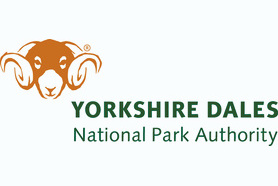Biography
Our stunning landscape was shaped over millennia by ice. This created a rolling landscape of lush dales (valleys), windswept hills like the famous Three Peaks and vast expanses of heather-covered moors.
Over the centuries, people’s interaction with nature has produced countryside of incredible beauty. Covering 2,178 sq kilometres (841 sq miles), the National Park is a treasure trove of special features. You can enjoy deep ravines like Gordale Scar, the soaring limestone amphitheatre that is Malham Cove, awesome cave systems including Gaping Gill, the lakes of Semerwater and Malham Tarn and spectacular waterfalls like Hardraw Force and Aysgarth Falls.
It is said that any organisations greatest asset is its people. This is certainly the case at the Yorkshire Dales National Park Authority.
We have 25 Members – in many ways like a company’s board of directors. We have around 170 staff in total, equivalent to approximately 135 full time staff. We are also very fortunate to benefit from the work of around 250 Dales Volunteers.
Public meetings
We have a number of public committee meetings throughout the year. You can view upcoming and past meetings here.
In this section you can find out who all of these people are, what we do, and how we are organised.
The National Park Management Plan is a statutory document and every National Park in England has one. It is a plan for the National Park as a whole – its communities, businesses, visitors and the many organisations that operate there – not one for the National Park Authority specifically. The Plan is the National Park’s most important document as it sets out how organisations, communities and land owners will work together to achieve shared objectives for the future management of the National Park.
Find out more by visiting the Yorkshire Dales National Park Management Plan pages on our website.
Public consultation
The Yorkshire Dales National Park Authority works closely with local communities in order to fulfil our purposes. Public consultation is an important part of this process. Your opinions help to shape our policies and objectives for the future.
